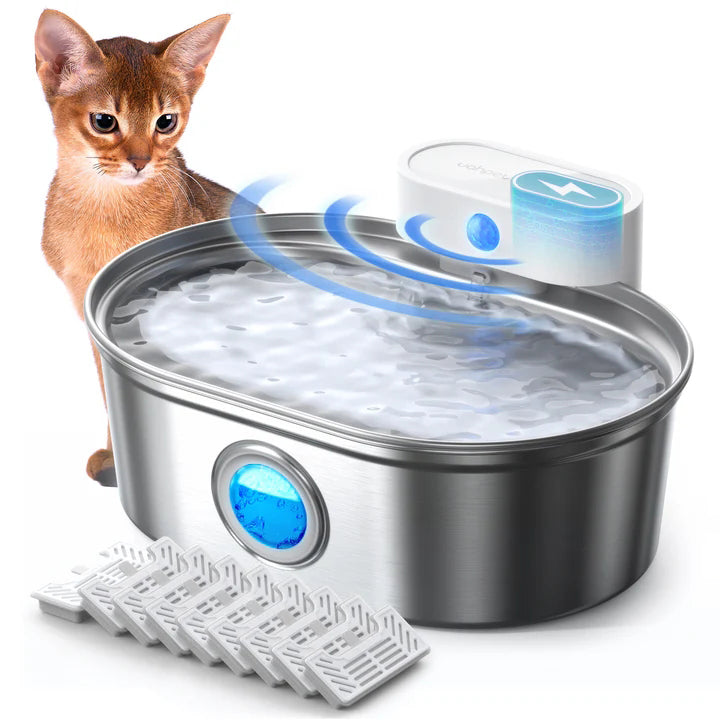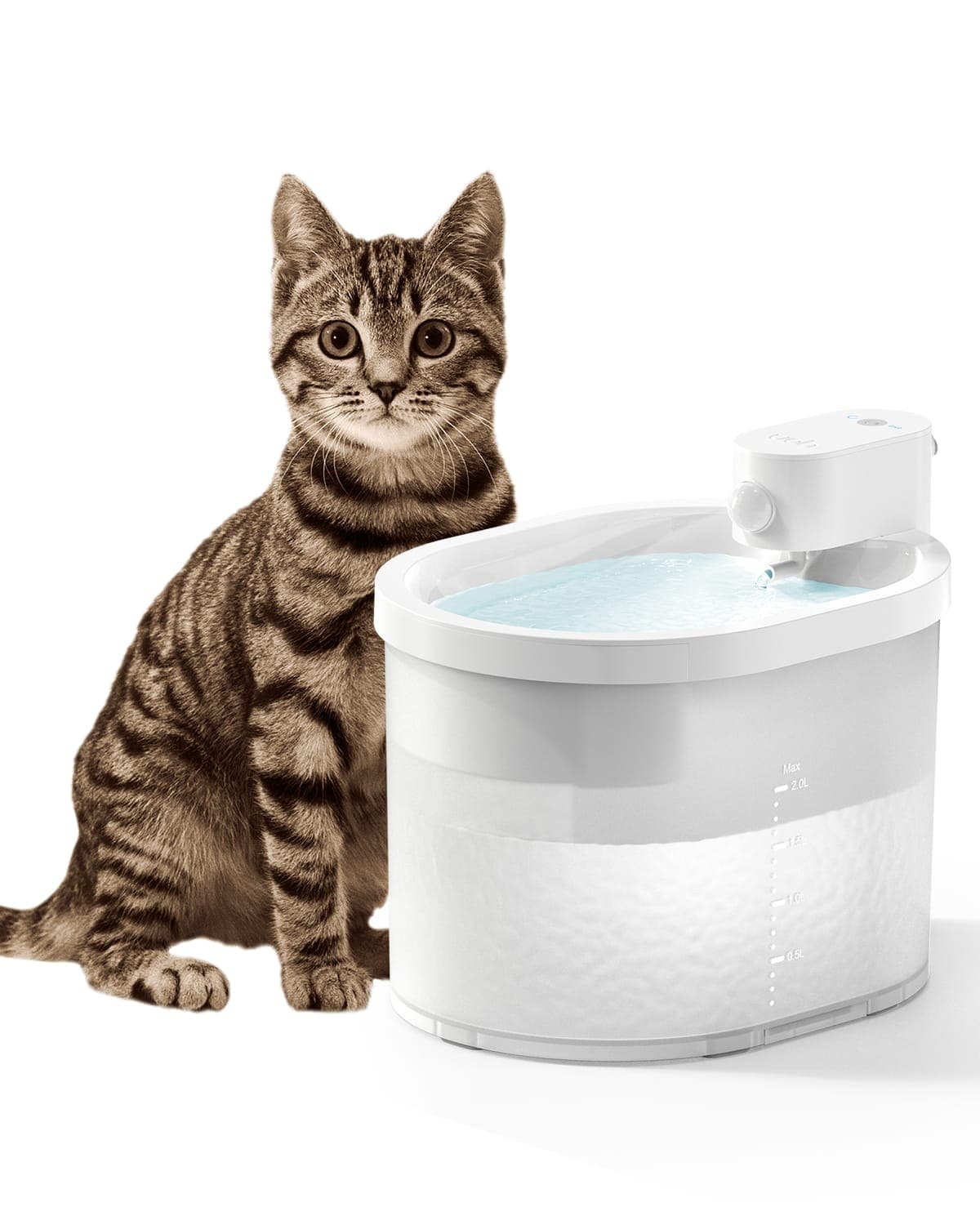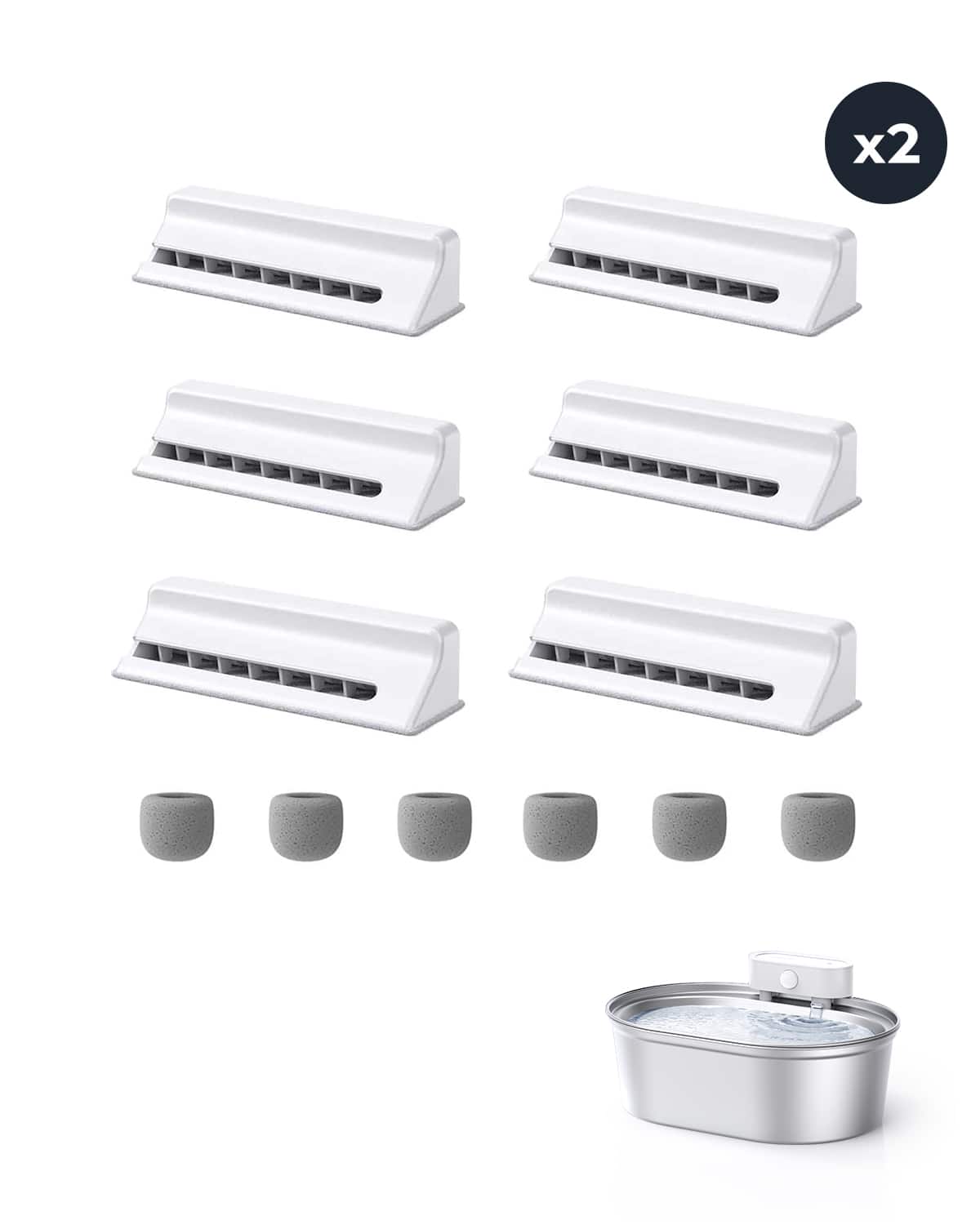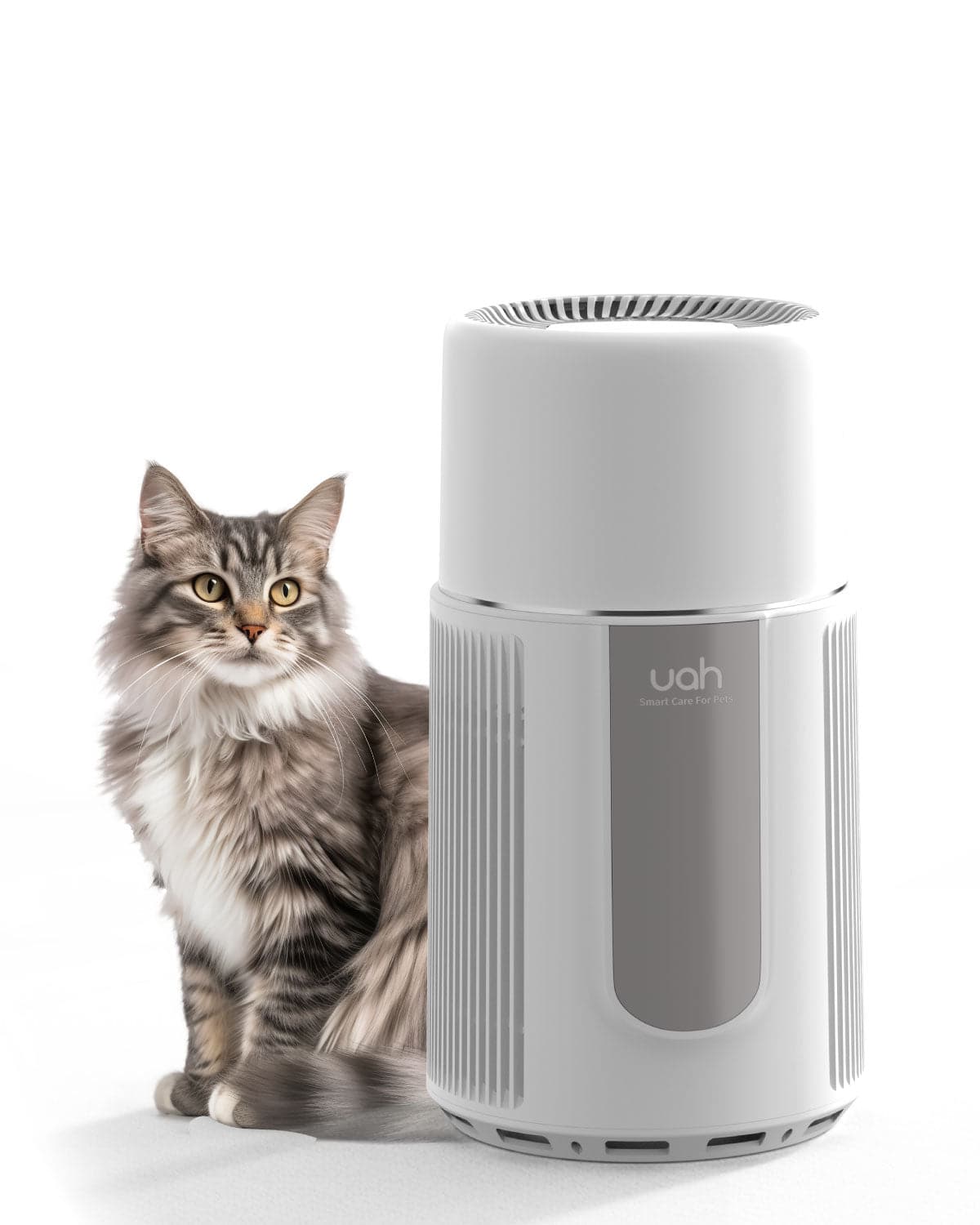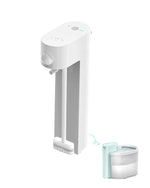Spraying a cat with water is a technique that many cat owners have tried at least once. Whether it’s to stop a cat from scratching furniture, jumping on counters, or engaging in other undesirable behaviors, this method has been a go-to solution for decades. But is it truly effective? And more importantly, is it the right approach for your feline friend? This article delves into the pros and cons of spraying a cat with water, offering insights into its impact on your cat’s behavior and well-being.
The Psychology Behind Spraying Cats with Water
To understand whether spraying a cat with water is an effective training tool, it’s essential to explore the psychology behind it. Cats are highly intelligent and sensitive creatures, and their behavior is often driven by instinct and environmental factors. When you spray a cat with water, the sudden sensation is meant to startle them and discourage the behavior they’re engaging in. However, this method doesn’t address the root cause of the behavior, which could be boredom, stress, or a lack of proper outlets for their natural instincts.
Effectiveness of Spraying Cats with Water
While spraying a cat with water may provide immediate results, its long-term effectiveness is debatable. Some cats may associate the unpleasant experience with the specific behavior and avoid repeating it. However, others may simply learn to avoid the behavior when you’re around, continuing it when you’re not. Additionally, this method can lead to fear or anxiety, as cats may start to associate you with the negative experience rather than the behavior itself.
Ethical Considerations
Using water as a deterrent raises ethical questions about how we train and interact with our pets. Cats rely on trust and positive reinforcement to build a strong bond with their owners. Spraying them with water can damage this trust, leading to stress and behavioral issues. It’s important to consider whether this method aligns with your values as a pet owner and whether it’s the best way to address your cat’s behavior.
Alternatives to Spraying Cats with Water
Fortunately, there are several humane and effective alternatives to spraying a cat with water. Positive reinforcement, such as rewarding good behavior with treats or praise, can encourage your cat to repeat desirable actions. Providing enrichment, such as scratching posts, interactive toys, and climbing structures, can also redirect their energy and reduce unwanted behaviors. Additionally, addressing underlying issues like stress or boredom through environmental changes or professional guidance can lead to long-term improvements.
Understanding Your Cat’s Needs
Every cat is unique, and understanding their individual needs is key to addressing behavioral issues. Spend time observing your cat’s habits and preferences to identify what motivates them. Are they scratching because they need to mark their territory? Are they jumping on counters because they’re curious or seeking attention? By understanding the root cause of their behavior, you can implement targeted solutions that work for both you and your cat.
Building a Positive Relationship with Your Cat
A strong bond between you and your cat is the foundation for good behavior. Instead of relying on punitive measures like spraying with water, focus on building trust and mutual respect. Spend quality time with your cat, engage in play, and create a safe and stimulating environment. When your cat feels secure and loved, they’re more likely to exhibit positive behaviors and respond well to training.
When to Seek Professional Help
If your cat’s behavior persists despite your best efforts, it may be time to seek professional help. A veterinarian or animal behaviorist can provide valuable insights into your cat’s behavior and recommend tailored solutions. They can also rule out any underlying medical issues that may be contributing to the problem. Remember, seeking help is a sign of responsible pet ownership and a commitment to your cat’s well-being.
Spraying a cat with water may seem like a quick fix, but it’s not always the best solution. By understanding your cat’s behavior, exploring humane alternatives, and building a positive relationship, you can address behavioral issues in a way that strengthens your bond and promotes their well-being. Your cat deserves a loving and supportive environment, and with the right approach, you can create just that.

